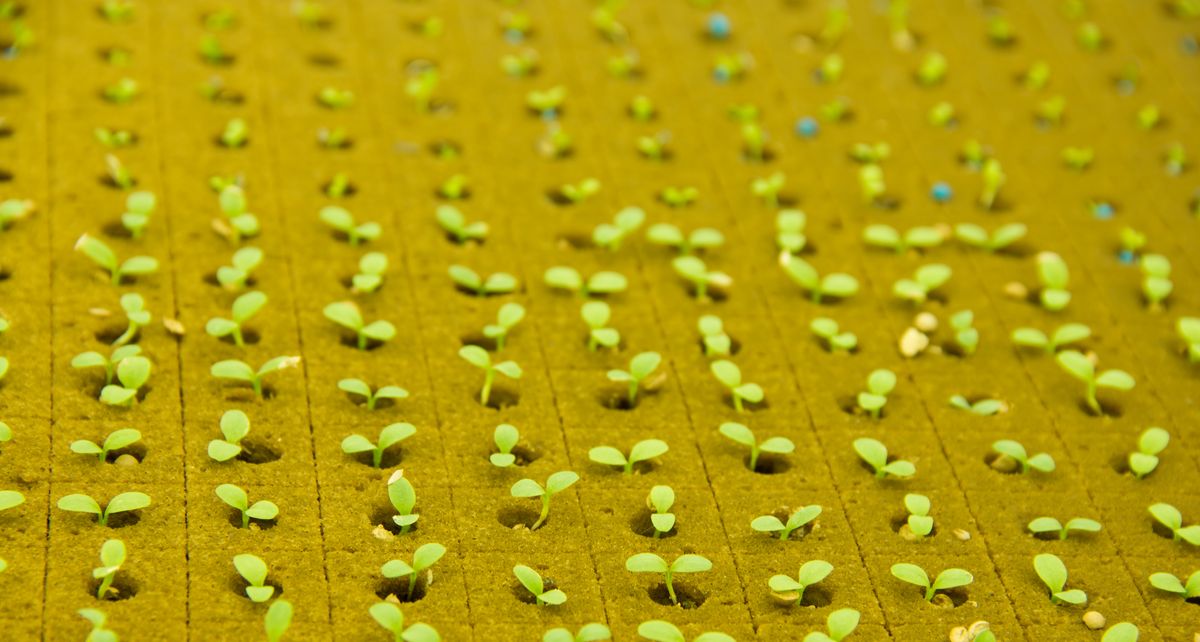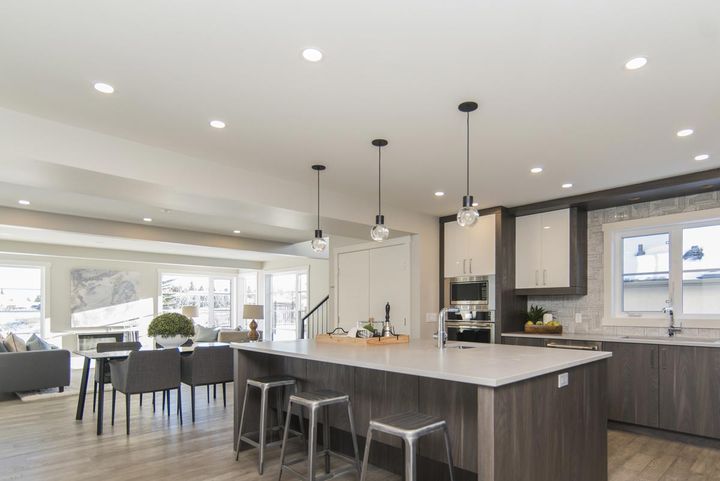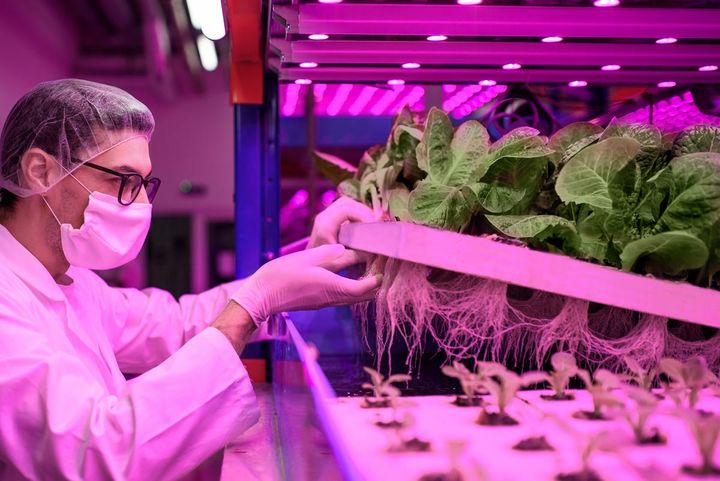Benefits of LED Lighting for Indoor Plants: Red vs. Blue

While fluorescent light fixtures have traditionally been the best grow lights for supplementing light needs for indoor plants, LED lights are beginning to be used as grow lights and are likely to be the grow light of the future. This is because they give off so little heat that they can be placed close to plants, a common characteristic that LEDs share with fluorescent lights.
Even plants next to a window may not be receiving enough of a certain part of the color spectrum that outdoor plants in full sun would naturally receive. A common inquiry for indoor plants is which light color is better for growth, red light or blue light . While both are necessary to the health of an indoor plant, the benefits of a red light or blue light do differ.
We can tell that plants do not absorb much green light because it reflects off them and into our eyes, making them appear green. The fact that leaves don’t usually appear blue or red means that they absorb those parts of the light spectrum and use them to grow.
The effect of blue light on plants is directly related to chlorophyll production. Plants that receive plenty of blue light will have strong, healthy stems and leaves. Indoor foliage plants benefit from having 12 hours of light per day. This can be from natural or artificial light, or a combination of both natural and supplemental artificial light.
Red light is responsible for making plants flower and produce fruit. It’s also essential to a plant’s early life for seed germination, root growth, and bulb development. Indoor flowering plants produce more blooms when they receive 15 hours of quality light per day.
Check back to see new articles and guides , or feel free to click another article to experience more great insights and advice.



